11 Best Ways to Increase Employee Productivity (2025)
No Credit Card Required.

When it comes to the digital workspace of the 21st century, productivity is a buzzword that is heard more often than any other word. If you are incapable of managing your employees' workload and surging productivity, you are likely to fall apart from the competition from counterparts with whom you are competing. So, if you are running a modern-day workplace, learning to measure productivity and increase it for the longer term should be a priority, not just a choice.
Here in this article, we will discuss why it's important to learn about productivity, how it can be measured, 11 ways to increase employee productivity and why Apploye is the ultimate tool to increase employee productivity.
Employee productivity in a nutshell
The assessment of workers' levels of productivity is an essential component of human resource management. Since performance is not being measured in any way, it is impossible to improve it in any way. Consequently, it is impossible to boost any degree of performance.
The primary issue is that it can be difficult to quantify "performance" in and of itself at times due to the many different variables in the workflow. This is the fundamental problem.
This blog aims to enlighten you on why employee productivity is essential, How employee productivity is measured, and 11 ways to increase employee productivity.
Why is employee productivity important?
It is essential for a manager to keep a close watch on the level of employee engagement and how it influences the level of overall productivity. It is possible that disengagement, problems with teamwork, or inefficient organizational processes are to blame if you have noticed that productivity is low and that some employees appear to be underperforming.
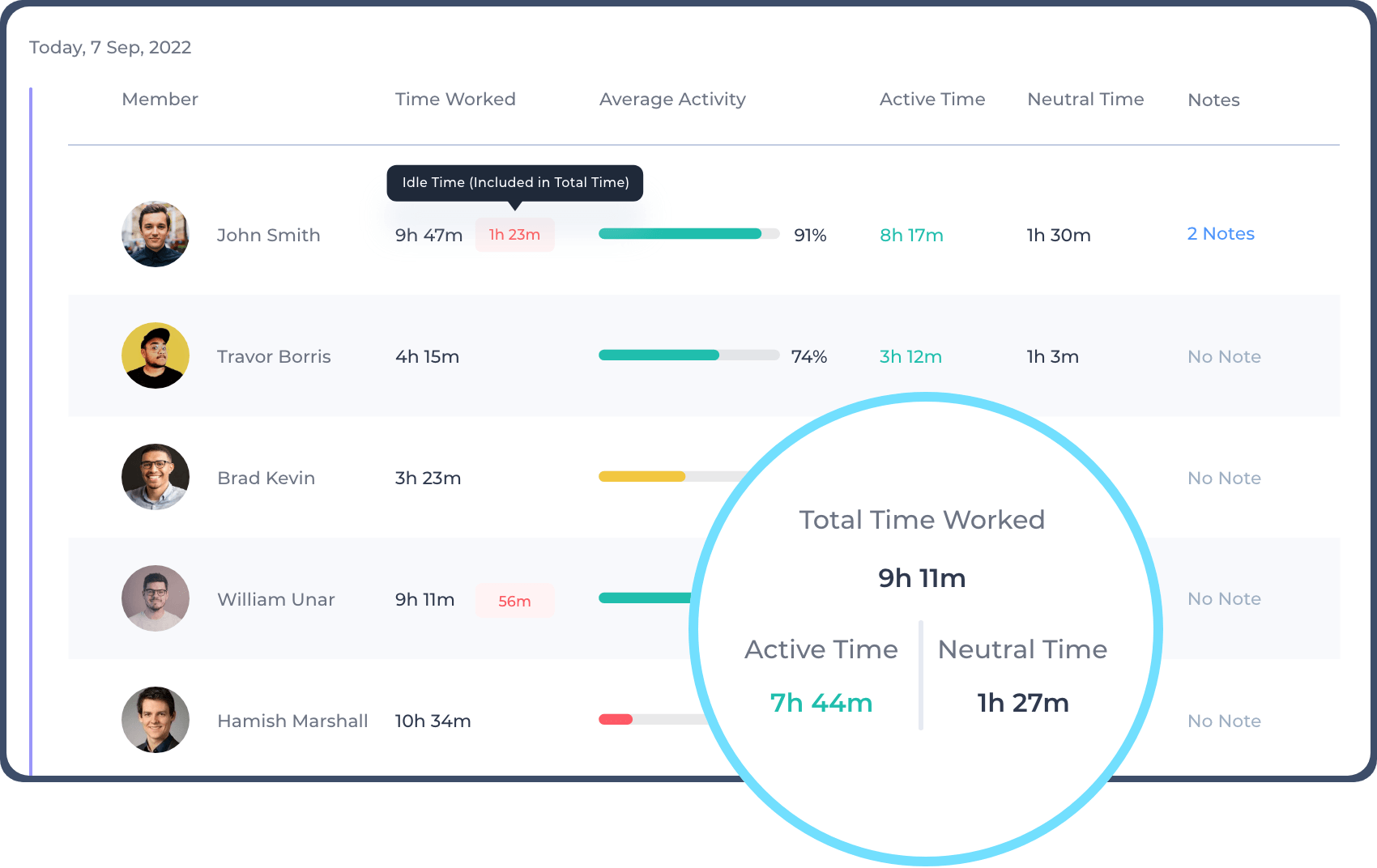
Below are some of the reasons why employee productivity is an important factor for businesses.
- Financial solvency: Even a few useless hours a week can seriously damage business overhead expenses. Impact increases with company size. Unproductive work is often caused by a lack of skills or the wrong instruments. Ensuring personnel are trained regularly and in line with industry best practices keeps them engaged and allows them to advance in the organization and individually, boosting productivity and a company's profitability.
- Better time management: Productivity depends on employee performance and operating procedures. It's not as simple as telling employees to work faster. Increasing this area's production saves time. Saving time allows employees to do long-term tasks like planning and strategy development. It's a self-sustaining loop that improves company operations.
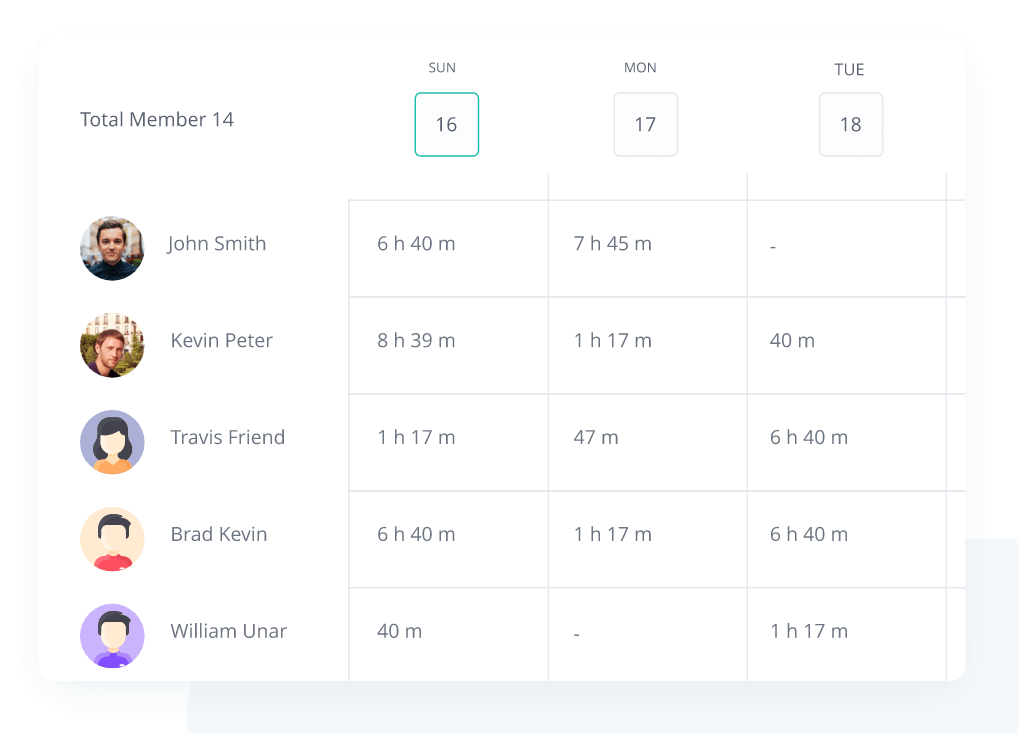
- Keeping the morale high: Morale and productivity are interdependent. In fact, Morale affects productivity. When one employee sees another slacking, their enthusiasm and productivity suffer. This might be a harmful loop that lowers employee morale. Maintaining productivity requires productive operations and a morale-boosting system. If workers finish on schedule, they'll be happy. Lack of compliance may frustrate them. Using an effective work method to finish tasks improves business morale.
- Smoother customer management: Companies build lasting customer connections when products and services are delivered on schedule, precisely, and with few delays or defects. Productive employees make a positive impression on other firms, which leads to more prospects for their organization. Employees perform more things in less time and at a higher standard when they are productive. When customers see the impact firsthand, it's positive.
- Getting insights into employee performance: You can tell how well your system works if you are aware of the productivity levels your employees achieve over time. Your company's success will ultimately depend on the totality of individual efforts and the amount of effort put forth by your personnel. Regular feedback will help you understand how your company's culture and strategy impact employee performance.
How employee productivity is measured
It would be best if you understood the necessity of using metrics to measure and increase worker productivity. Theoretically, it's simpler to measure employee productivity. Management must decide how to measure employee productivity. Each worker has different responsibilities. Creating a fair measurement is difficult.
Here are five modern strategies for evaluating an employee's productivity.
Quantitative method: Productivity software shows how many things an employee produces in a given time. You can evaluate output by the volume or number of products provided and their monetary value. It measures employees' productivity by the number of things they generate in a given time. This easy-to-use, time-saving method is effective. Consider variables that cannot be controlled, such as time spent waiting for equipment to be mended, training for a new role, or items to arrive.
Keeping track of the tasks: Tracking employee tasks is one technique to measure workplace productivity. Time or success in finding a solution may be deciding factors.
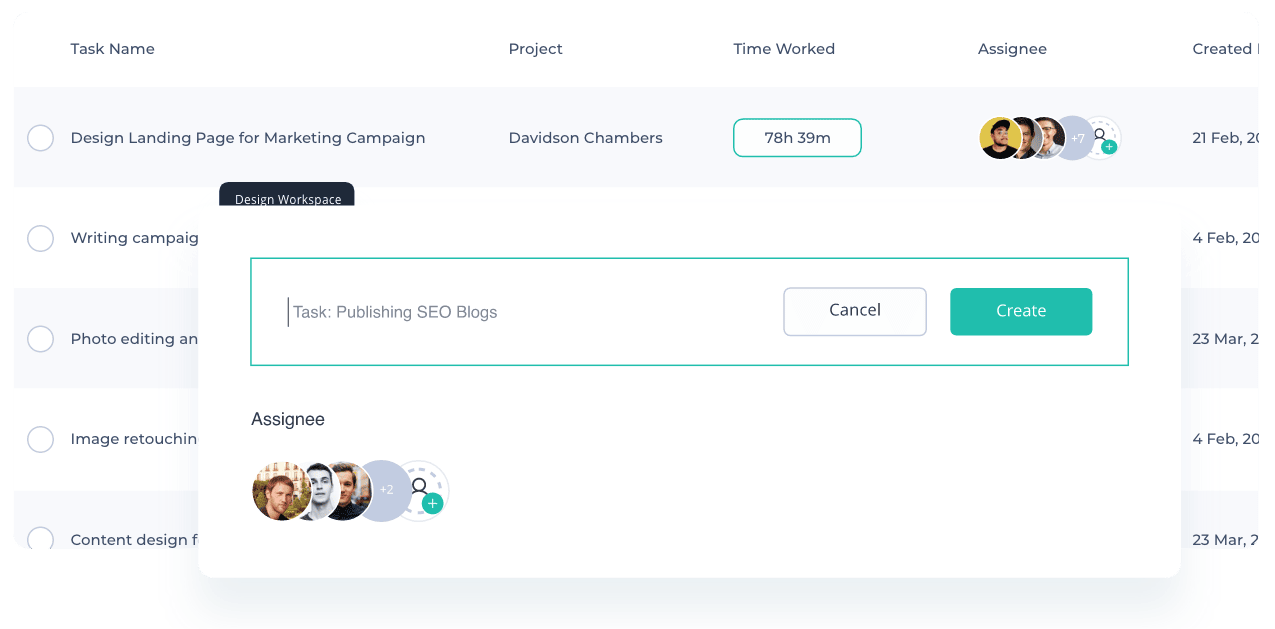
Many business owners believe employee productivity shouldn't be measured by the number of hours they clock in but by the number of tasks, they do. Tracking tasks might be helpful, but it can also bring challenges if you have issues keeping track of activities. They determine how productive the individual to whom the tasks were given would be challenging. Automate the process if your firm tracks projects and tasks using Excel spreadsheets. Using project management tools, you may expedite employee supervision.
Keeping track of the corporate objectives: The objectives method measures productivity by how well workers meet their goals. You want this method to work. In that situation, you must guarantee that every one of your employees has specific goals to aim for and provide them with the knowledge base and resources they need to attain them.
This technique lets you assess how each worker's production contributes to larger-scale activities. To apply this strategy well, provide your employees with clear goals for each activity. Then, measure employee productivity based on how well they contribute to company goals. A manager must constantly be ready to help and solve employee difficulties. Progress toward current goals must be regularly evaluated.
Productivity by profit: Using the employee productivity calculator, you can assess your work's productivity concerning the number of employees and hours worked. When you submit your data, the results will show hourly or per employee productivity.
For example, you own a company that consists of 100 employees. All employees put in their effort, and the average daily work hour is 700. Your daily revenue is $90720, and all expenses count to $34020. An employee works 7 hours a day, 20 days a month.
Now, the daily profit of your company = ($90720 - $34020) = $56700
Daily Productivity per employee = ($56700/100) = $567
Hourly Productivity per employee = ($567/7) = $81
Monthly Productivity in terms of employee = ($567 X 20) = $11340
Be informed that your productivity criteria depend entirely on your data preferences.
Labor productivity measurement: Labor productivity measurement is a frequent yet laborious way to measure employee productivity. It calculates and displays the ratio of a single input, such as hours spent in graphic designing. The most prevalent input is hours worked because it drives economic growth and employee output.
What affects employee productivity in an organization?
At business, various obstacles prevent productivity. Some of the most typical organizational barriers to productivity have been identified below:
- Lack of proper tools: No one can speed up the printing process if the only printer in the office is 15 years old. Invest in current equipment to save your employees' time and effort and increase productivity. Once you've given your employees all the essential equipment and tools, you'll notice how much faster they can work; there won't be any extra delays due to a broken piece of equipment.
- Ineffective training: No one loves to arrive at work and not know what to do; it's unpleasant but entirely preventable. Train and educate your employees. Education and training boost employee confidence and productivity. Implementing employee training software can help structure learning programs, track progress, and ensure consistent training delivery across your organization. Once you make your employees learn and educate themselves, they'll gain new skills, feel more confident, revive old skills, boost workplace satisfaction, share their skills, and be more productive.
- Insufficient pay structure: Your employees chose to work for your firm because of the financial incentives, but they also decided to work for you because they had objectives to achieve, children, care for, and bills to pay. Use this as a motivating tool by outlining in basic and simple terms how your compensation structure operates and what factors you consider when determining whether an employee deserves a promotion or raise.
- Business workstream Protocols: Business workstream protocols are part of most employee training, but they can help employees identify innovative business solutions. Workflow protocols teach your employees simple, logical things. Reward employees that adapt to your workflow standards and remember them; they may even help your organization by finding new ways to improve them and sharing their knowledge with the rest of the team.
- Employee welfare: In order to show your employees that you care and to keep minor issues from becoming more serious, as an employer, you should give them all the tools and resources they might require if they don't feel their best. Establishing a welfare program, providing appropriate food options in the workplace cafeteria, and encouraging your workforce to put their welfare first all contribute to producing healthy, content employees who are more productive.
11 ways to increase employee productivity
As you have already learned why measuring employee productivity is essential and what are the ways there to do that, we will show you the 11 best ways to increase employee productivity below:
Make your demand precise and understandable
Even though it could seem obvious to you, the team member may not fully understand your expectations for their work; thus, you occasionally need to be more detailed about the essentials.
Ensure the employee knows the requirements, including the due date and method. Make it clear that if they have any queries, they may do so and receive a helpful response. Set both long- and short-term objectives with the employee and ensure they know the procedures necessary to accomplish them.
Be specific about the deadlines
Because vagueness is the mortal enemy of productivity, it is critical that you, as a manager, are crystal clear with your deadlines and make sure that action items are completed. Not only is it vital to have clear expectations with the clients, but it is just as crucial to set clear expectations with the team regarding what is expected from them throughout the project.
So, while assigning tasks to the employees, make sure that you have made them clear about the deadline. A vague work finish date impedes overall productivity, keeps the workforce in the dark, and sets them apart from the workstream.
Make the schedules flexible
If you want to boost the productivity of your workforce, you should begin by establishing core collaboration hours during which it is expected that everyone will be online. Outside of these times, you should encourage flexible working hours.
It's possible that some of your team members won't be able to answer calls in the evening because they have to get their children off to school first thing in the morning, while others won't be available to accept calls at all. Make it a point to use your one-on-one meetings with each of your direct reports to inquire whether their current work schedule meets their needs.
Make the training process efficient from the core
Training employees in the most professional way is one of the foremost factors to consider when evaluating the productivity of both your workforce and the organization. Implementing reliable virtual training software can help streamline the process, ensure consistency, and enhance learning outcomes.
Training employees in the most professional way is one of the foremost factors to consider when evaluating the productivity of both your workforce and the organization. Implementing reliable virtual training software can help streamline the process, ensure consistency, and enhance learning outcomes.
A flawed and unnecessary training session not only wastes the critical money of your company, but it also puts the employees in a conundrum regarding applying the learnings from the training and grasping how to move on. So, while training the employees, prioritize what they should learn and keep an eye on the unnecessary things.
To streamline this process, consider using the best online training software to ensure efficiency and effectiveness in your training programs.
Don’t micromanage the employee under any circumstances
Stop micromanaging if you genuinely care about the well-being of your workers.
There may be times when you need to be more hands-on, such as when you're training new employees or attempting to assist a low-performing employee, but you must also establish boundaries. No one will gain from you controlling every element of every project and demanding continuous updates from your team.
So, learn how to communicate the goals, be critical but professional, help the employees who are lagging with adequate support and retain the employees who are temporarily struggling, but you know they have the caliber to kick themselves out of their comfort zone.
Encourage healthy competition among the employees
Competition among the employees can undoubtedly be one of the ways that increase productivity and keep the employees sincere about their work most of their office hours if not all.
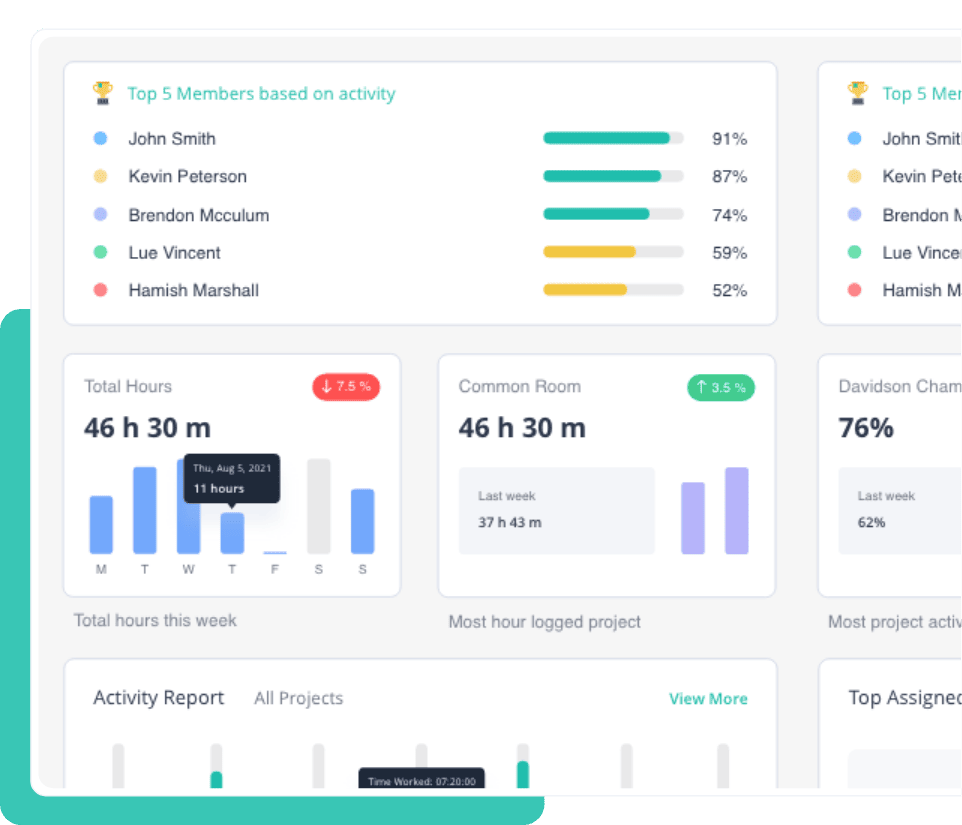
However, inducing the employees into a meaningful and healthy competition is not a walk in the park. You have to be mindful of how this competition will affect their performance and if all of them can cope with it in the office. But once you find the competition makes the employees go for it and start performing in a group, you may incentivize them to keep the flow and get the organization to the pinnacle of productivity.
Incentivize the employees in both short and long-term
A reliable tactic utilized by many companies is that of linking rewards and benefits to levels of output. On the other hand, upon closer analysis, it appears that how you administer your incentive program can either make or break its effectiveness.
Incentives need to be aligned with a more extensive employee engagement program to be effective. This program should help ensure that employees are engaged, respected, and listened to in addition to being rewarded.
Teach employees the optimum use of time
Time management is the single biggest factor in motivating employees to become more active in their work and get the best out of themselves. While choosing to go for any time tracking software may help you track your employees' work hours, it certainly helps your employees to be accountable about how they are using their precious time in the office.
So, help the employees learn how to get themselves acquainted with time management and stay productive by ensuring that no time is wasted like it shouldn't be.
Encourage the employees to focus on work-life balance
Work-life balance is like getting the golden deer you’ve long searched for.
Not all organizations in the world are aware of their employees' well-being because corporate juggernauts prioritize more on their profit-making habits over helping the employees be comfortable with their home and office lives. So, if you want to ensure that the welfare of the employees is on the money, try helping them bring balance to their work life.
Get rid of miscommunication and communication gaps at any cost
Employee loyalty and dedication to the company may suffer if they don't feel heard by management or have effective lines of contact with one another. This can increase the turnover rate. Without trust, there cannot be a unified, open culture.
So, getting the team well connected and making sure that employees were better off yesterday can help the team stay productive during work.
Don’t pull personal issues into employee performance evaluation
Evaluation is a tricky part of management, and we can't emphasize this more. This might seem one of the tasks that don't directly correlate with employee productivity or companies' financial gain, yet getting insights into employee performance through fruitful evaluation has always been an aim for the most successful companies in history.
So while evaluating an employee, ensure that you keep other things aside and only consider stuff that relates to their performance.
Apploye- the ultimate tool to increase employee productivity
The only solution you can continue to believe in is Apploye if boosting employee productivity is the problem limiting your business's growth and steering you away from the rise in business profitability.
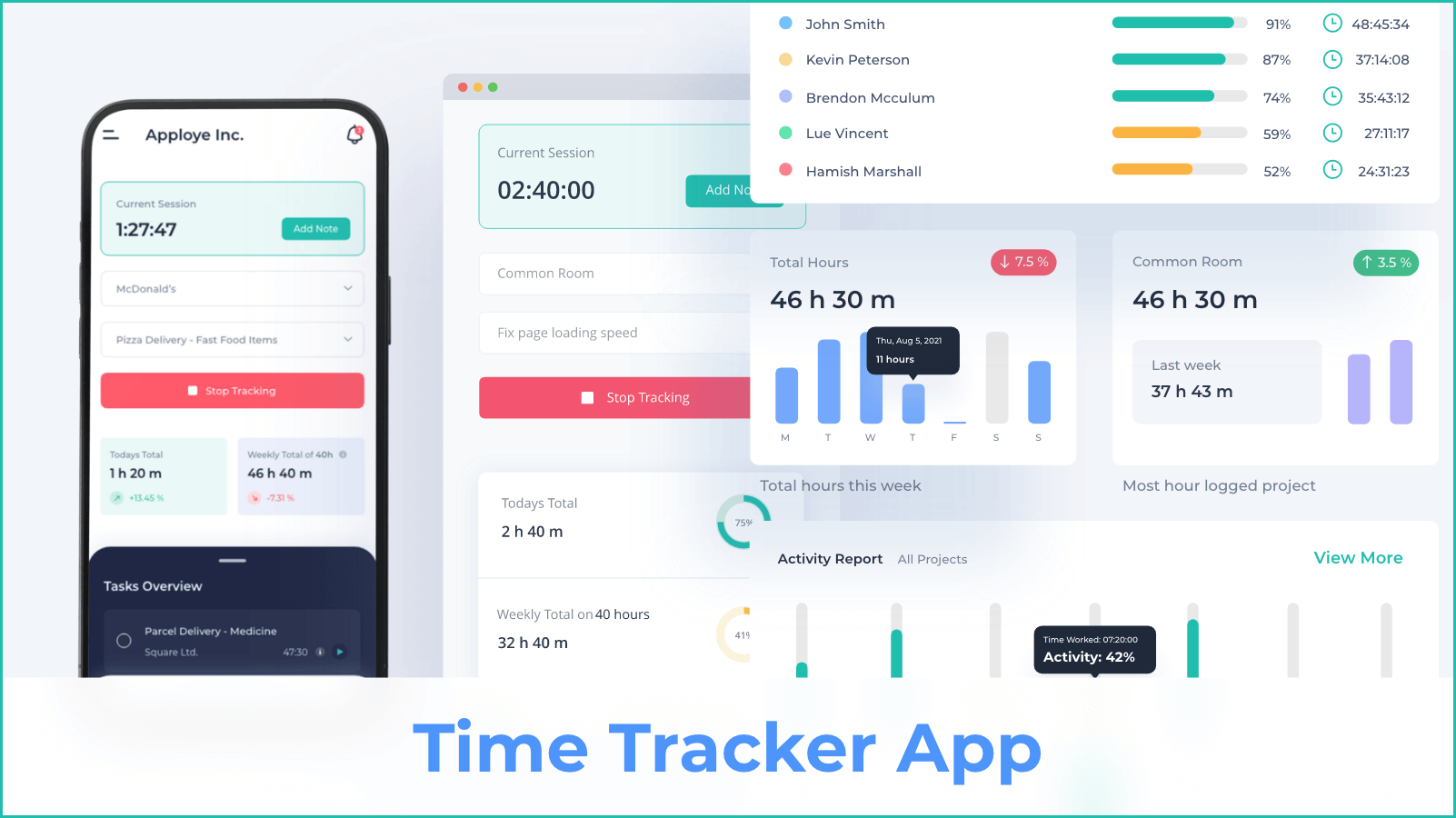
Through greater productivity brought on by systematic monitoring and control with the aid of Apploye, a company's owners and management can unlock the full potential for the growth of the business. Although it is generally used to aid startup businesses, any size of business can benefit from using the program. The user interface and functions of the program are well-organized, making it simple to use.
Apploye is straightforward to use and makes it simple to create ongoing projects and tasks. If you adhere to these recommendations, you won't have any trouble adding the project budget, keeping track of the expenses, or making the deadline.
How Apploye increases employee productivity
More than a hundred different features are accessible through Apploye, many of which are designed to boost productivity and give users insight into how various teams carry out their work across multiple industries.
To get a competitive edge over its competitors in terms of productivity, competency, and real-time monitoring, Apploye offers the following features to its customer base:
- Accurate Time tracking: Imagine you don't know how your companies manage Time or how to track employee performance. In that case, boosting productivity will be tough. Employees utilizing Apploye's time tracking software can manually update timesheets and track their Time online. Our browser extension and third-party integrations can also track Time. Apploye's automated and manual Time monitoring tools promote punctuality. This helps your team function productively.
- Remote tracking features: Remote workers might be challenging to stay productive throughout the day. Apploye's RemoteTrack features may be beneficial in this case. This add-on tracks Screenshots, Activities, Apps, and URLs. Apploye desktop app captures a random screenshot every 10 minutes. Settings can add three screenshots every 10 minutes. Apploye can track users' internet usage by monitoring their URLs. It tracks app usage to ensure employees use relevant apps.
- Clock-In, Clock-out: You may quickly and easily determine the beginning and end of an employee's workday using the desktop and mobile apps' simple clock-in and clock-out features with the help of Apploye.
- An intuitive Dashboard: The Apploye Dashboard displays everything related to employee productivity and performance. The top Apploye performers are shown at the top based on recorded time and productivity. Keeping an eye on your employees' work and identifying growth areas is one of the best strategies to boost team productivity which can be done by Apploye.
- Live Feed: Apploye's live feed feature is quite remarkable. View which employees are working and assist someone stuck. This feature will boost your productivity.
- Instant Screenshot: Another outstanding feature rare in most tracking solutions is instant screenshots. You can take instant screenshots of your employees to keep them accountable for their daily performance.
How to get started with Apploye to increase employee productivity
To track your valuable time with Apploye, follow the steps listed below.
Step:1: Creating Apploye account
Create a new organization after registering and verifying. First, click "Join an Existing Organization" and set the Timezone. Add a project, click "Next," and choose a plan. Invite others (You can add them later too). Click "Get Started."
Step:2: Create projects and assign members
Go to "Projects" using Apploye's side panel. Click "Save" after naming and detailing the Project. Once the Project is public, your team can start tracking their time. "Edit Project" is under the "Actions" menu from which you may edit it. Add an hourly rate or set wage under "Add Billings & Hours." Estimate project costs. When in Project, you can add a task. Save changes.
Step:3: Downloading and installing Desktop App
Visit Apploye's website and click 'More' then 'Get' to download the desktop app. Go to this Download link. Apploye auto-detects your OS. Click "Get Apploye for (OS)" and install.
Step:4: Time tracking with Apploye App
Apploye's 'Start Tracking' button begins time tracking. Before logging time, choose a project. The Desktop software creates tasks under projects.
Step:5: Automatic Timesheet management
Daily, weekly, monthly, and custom timesheets are displayed by Apploye Time Tracker. Determine the duration of their daily or cumulative work. It will all be done automatically.
Step:6: Export Reports (CSV, Excel)
Your dashboard's 'Reports' section lets you export your employee's recorded time. Time and Activity, Manual Time, and Apps & URL Usage are sub-sections.
Conclusion
There is no denying the benefits associated with measuring and increasing productivity in the business world, where organizations are increasingly concerned with making the most of their workers' time at work. Yet, eliminating modern distractions calls for modern technology, which is why we recommend Apploye as the finest productivity tracker to measure employee productivity. Start using Apploye's tracking features immediately and notice a dramatic improvement in productivity.